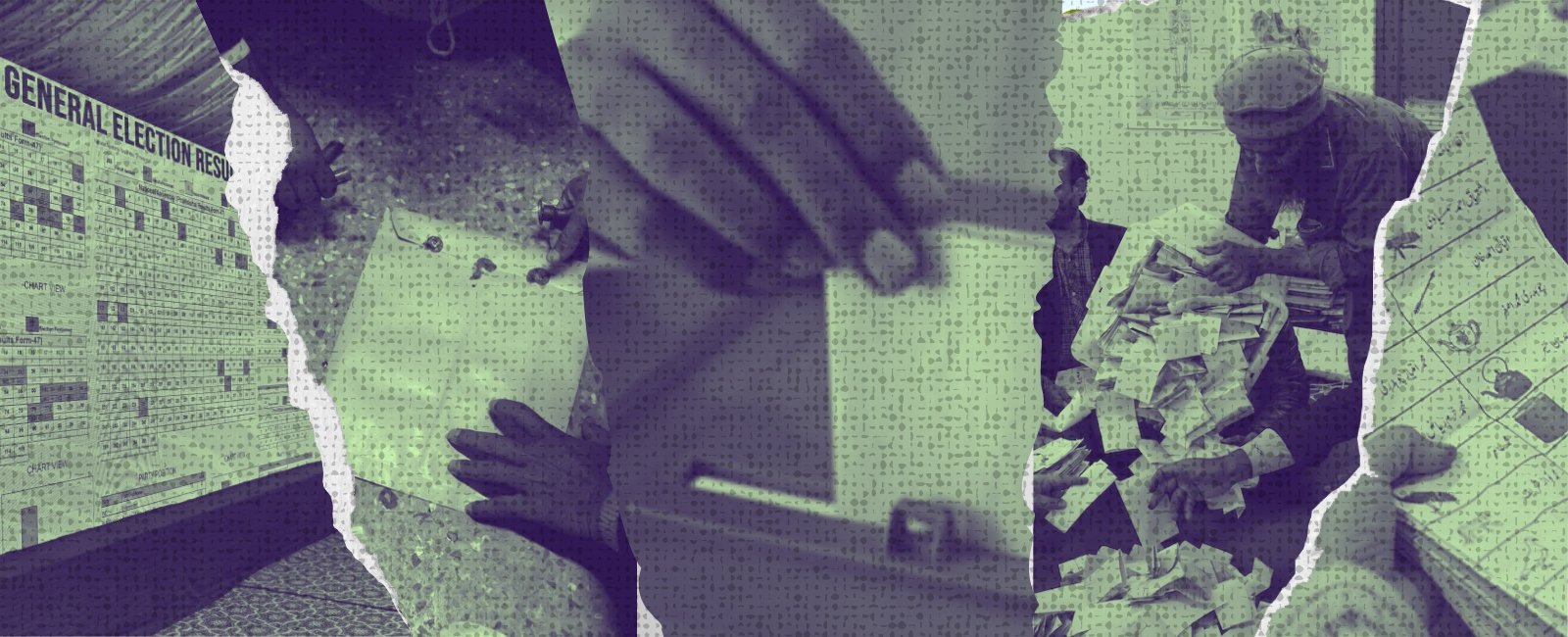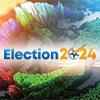Election 2024: One year later, controversies refuse to rest
On first anniversary of Feb 8 vote, Geo News unveils findings from its in-depth probe into most disputed constituencies

After 22 months of political turmoil sparked by the ouster of the Pakistan Tehreek-e-Insaf (PTI) regime in a no-trust vote, the country finally went to the long-delayed polls on February 8, 2024, only to usher in a new era of uncertainty and agitation.
Controversy kicked in hard during the run-up to the vote after the Election Commission of Pakistan (ECP) shocked the country by blocking a major political party’s way to parliament.
But that was not it; a plethora of reports of mismanagement and delays in the polling process also made the vote one of the most contentious in the history of the already struggling democracy of Pakistan.
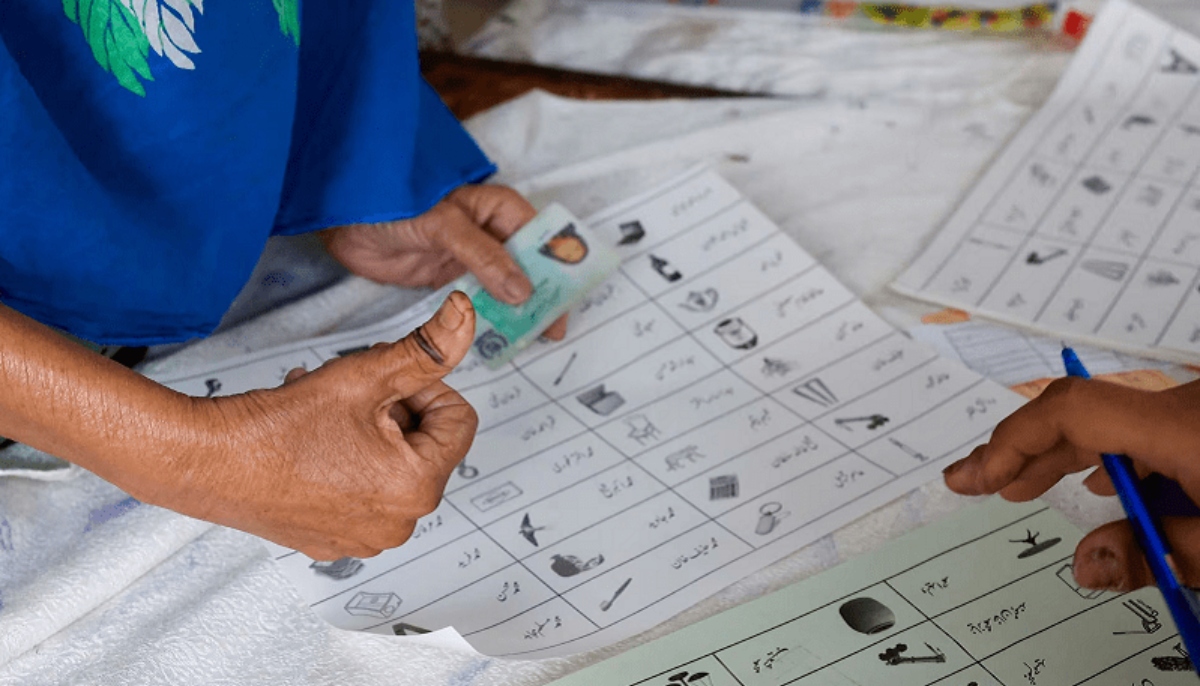
One year on from the controversial election, Geo News investigated five of the most disputed constituencies, bringing crucial findings to light.
Electoral symbol of PTI and pre-vote doubts
On December 22, 2023, the ECP declared PTI ineligible for the allotment of its traditional cricket bat symbol, citing its failure to hold intra-party elections as per its constitution, the Elections Act 2017, and the Election Rules 2017.
On January 10, 2024, the Peshawar High Court reinstated the party’s symbol but the decision was overturned by the Supreme Court on January 13, 2024, which was the last date for the granting of the symbol to the candidates.
Even those PTI candidates who were to contest the elections as independents were allotted random symbols instead of their party’s cricket bat, casting doubts over elections, and bringing the ECP's partiality into question.
Mismanagement, internet shutdown, result delays
Let’s start with the internet shutdown on the day of polling. It was truly an ingenious move if the goal was to ensure confusion, opacity, and public frustration. The suspension of internet and mobile services not only made it extremely difficult for voters to locate their polling stations — some of which were changed at the eleventh hour — but also posed challenges for election observers. The move also delayed vote count results, as the Presiding Officers (POs) had to physically hand over hard copies of Forms 45 to the Returning Officers (ROs) due to an internet shutdown, long after polling was over. The suspension of cellular services nearly cut off communication among ROs, the ECP, media, and observers.
Although technology and advanced election management systems were utilised, the ECP failed to release results as per the lawful deadline. The amendment to the Elections Act, 2017, Section 13(3) mandates that ROs issue Form 47 (Provisional Consolidated Statement of the Result of the Count) by 2am on the day following the election, even if incomplete, and finalise the provisional result by 10am. But the ECP monumentally fell short of meeting both these deadlines.
While security risks for polling staff transporting election materials at night in certain regions might have been a concern, nearly all ROs failed to declare provisional results even 48 hours after the final deadline. Section 90(14) of the Election Act, 2017 clearly states that a PO shall publish the result of the count and ballot paper account, signed by him and others, by affixing copies at a prominent place in the polling station for public inspection.
As per the Free and Fair Election Network's (FAFEN) Election Observation Report; “Forms 45 were not affixed at a conspicuous place outside almost one-third (29.4%) of the observed polling stations, a measure that is necessary to ensure electoral transparency at the first critical stage of the result management process”.
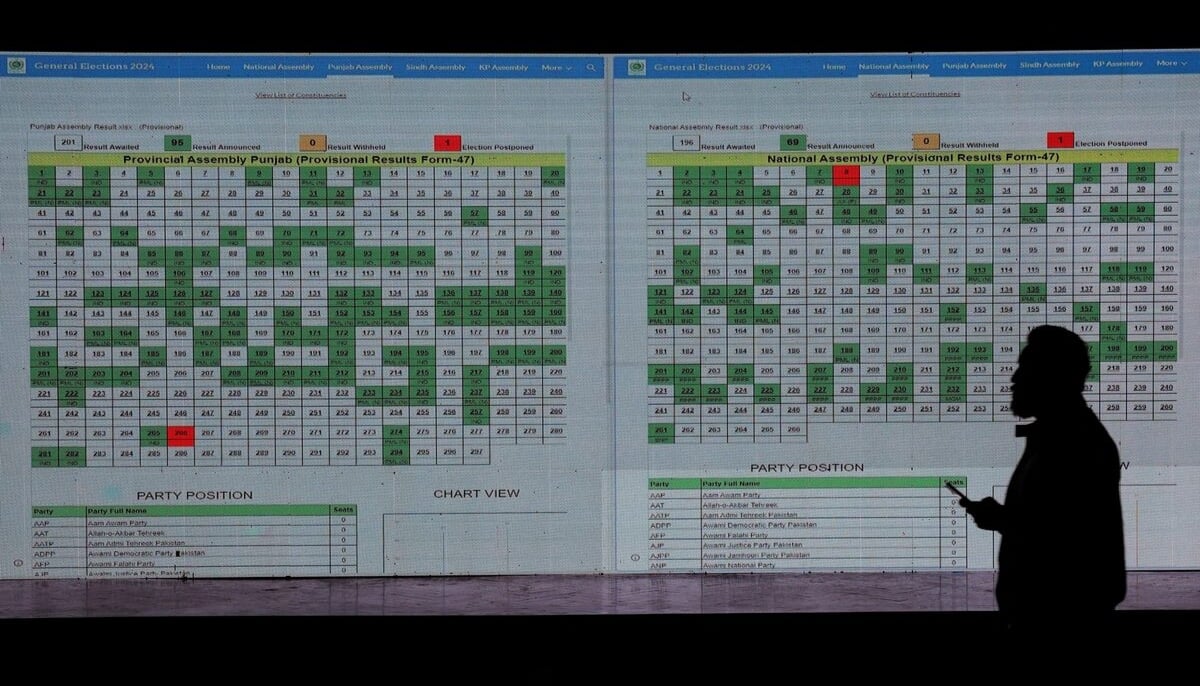
The FAFEN also mentioned in its report that its observers faced inconsistent access to the offices of Returning Officers (ROs) during the preparation of preliminary electoral results.
Out of 244 National Assembly (NA) constituencies, only 114 (46.7%) allowed FAFEN observers to monitor the result tabulation process. In 130 constituencies, ROs denied access to FAFEN observers, violating the ECP's directive to permit independent observation at all stages of election result preparation — a critical step for ensuring electoral transparency. The constituencies where access was denied included 78 in Punjab, 21 in Sindh, 17 in Khyber Pakhtunkhwa, 11 in Balochistan, and three in Islamabad Capital Territory (ICT). Media faced a similar problem when reporters were told to leave the RO office in several constituencies.
The ECP has invested resources into building a digital system for result tabulation, data sharing, and real-time updates, only to render them useless when they’re needed the most.
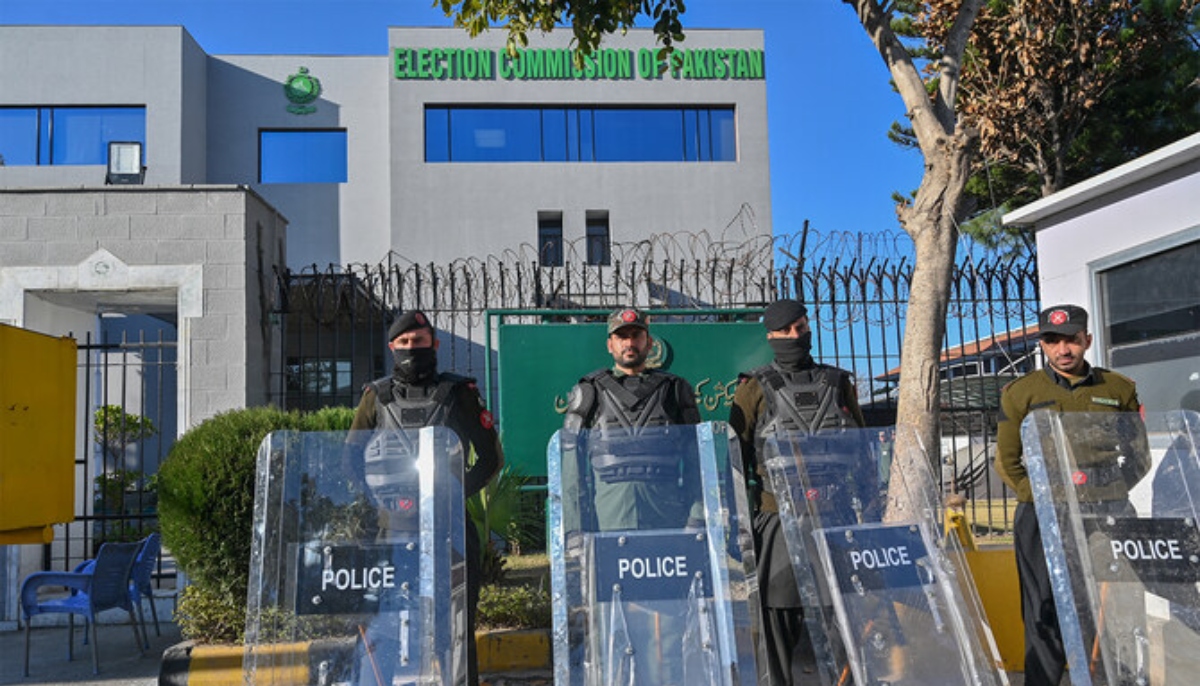
Post-election, the ECP also failed to upload Form 45 on its website within 14 days after the election as required by law. They did it after almost a month that too at the intervention of the Islamabad High Court (IHC).
Once the forms were uploaded many discrepancies were noticed. Like missing signatures of polling agents, the sum of Forms 45 not matching the numbers on Form 47 in some constituencies, overwriting, extremely high turnout at some polling stations, and claims of Form 45 uploaded on the website being different from those collected by polling agents on election night etc.
Discrepancies in forms and allegations of tampering
Pattan Development Organisation (PTO) released a scathing audit of Forms 45 for NA-130, one of the most hotly contested constituencies where Nawaz Sharif defeated PTI’s Dr Yasmin Rashid — a result PTI fiercely disputed, claiming their candidate was the rightful winner. The audit uncovered multiple irregularities, including unusually high voter turnout at some polling stations for the National Assembly seat compared to the provincial seat. It also found that the number of polling stations won by each candidate did not align with the votes they received.
According to the audit, Nawaz was declared the winner on 166 Forms 45 (44%), while Dr Rashid won on 208 forms (56%). Yet, the distribution of votes did not match the number of polling stations each candidate secured. A deeper dive into the numbers exposed even more glaring discrepancies—Nawaz’s total votes on Form 47 exceeded the combined votes from all Forms 45 by 11,817, while Rashid’s tally on Form 47 was 2,845 votes lower than what she had on Forms 45.
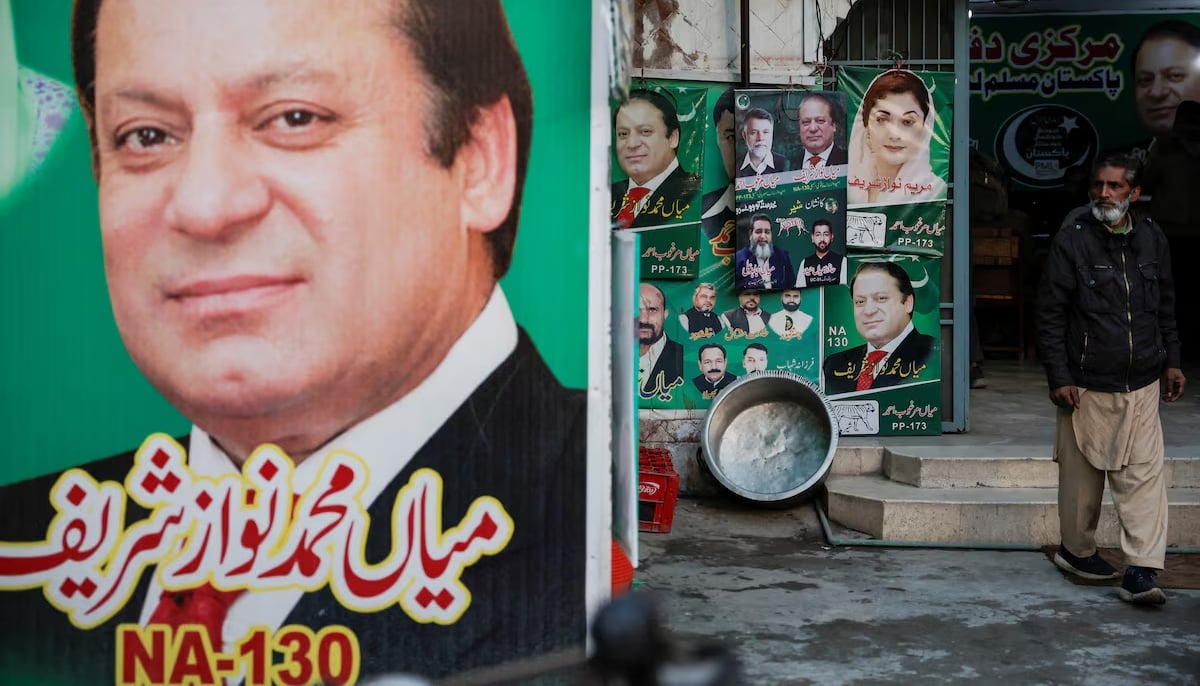
The Geo Election Cell (GEC) carried out its own investigation and found even more issues and inconsistencies. It discovered that nearly all forms — except for a few where Nawaz got more than 1,000 votes — seemed to have been altered. Numbers were either overwritten or had an extra "1" added to inflate the count. Many of these forms had verification signatures next to the altered numbers, confirming that changes had been made. However, some forms may have been tampered with without any verification signatures, especially where an extra digit was added without visible overwriting. In some polling stations, voter turnout was unusually high, yet there were no signs of overwriting or re-verification signatures.
Most of the forms that had re-verification signatures—showing that changes had been made to Forms 45—declared Nawaz the winner, often by a significant margin. Some forms also suggested that votes may have been swapped between candidates, but these changes weren’t reflected in column 4 or in the total votes polled.
An analysis of NA-130 forms found possible discrepancies in 74 out of 376 polling stations. Some forms had inconsistent handwriting, missing verification signatures, or unusually high voter turnout figures.
A large number of polling stations, including PS-1, PS-6, PS-28, PS-35, PS-37, PS-40, PS-42, PS-59, PS-63, PS-65, PS-66, PS-73, PS-272, PS-304, PS-313, PS-314, PS-363, PS-96, PS-116, PS-132, and PS-310, showed signs of tampering with vote entries.
Some polling stations showed clear signs of vote manipulation, where votes were swapped with Dr Rashid’s or total figures were altered. At PS-190, for example, Nawaz’s votes were either exchanged with Dr Rashid’s or adjusted to higher numbers. In the first vote column, the change was made, but in column 4, the original figure stayed the same. The total votes polled were recorded as 783, even though there were only 778 registered voters at the polling station. Perhaps that’s why, in one place on the form, the total polled votes were changed from 783 to 777.
At PS-291, the handwriting appears inconsistent, particularly in the votes recorded for Nawaz, and the total has been overwritten. Similarly, at PS-98, excessive alterations to Form-45 raise serious questions.
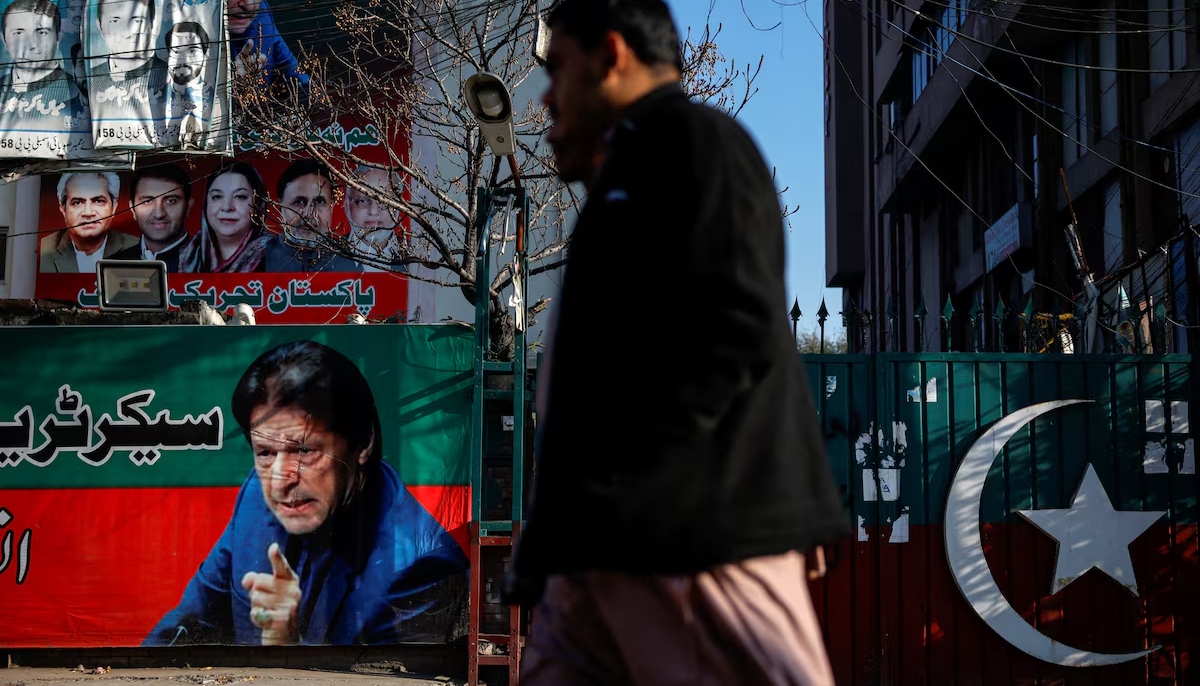
We also examined Forms 45 for NA-45, NA-47, NA-71, and NA-128. In NA-47, divergences were found in 50 out of 387 polling stations, while in NA-48, 43 out of 261 forms raised suspicions. In NA-71, visible inconsistencies were detected in just three polling stations, whereas significant issues were discovered at 120 out of 433 polling stations in NA-128. These discrepancies include overwriting, added digits, and altered numbers — similar to irregularities found in NA-130. Out of the five constituencies examined, only NA-71's total vote count matched across Forms 45 and 47. In all the others, the numbers did not align.
For example, in NA-128’s PS-204, Aun Chaudhary’s votes were recorded as 696, but the total vote count was not updated and remained 391, indicating that his actual votes were likely 96. At PS-191, his votes were listed as 146 in one column and 246 in another, while total votes polled were mentioned as 813 in one place and 913 in another. At PS-420, a “9” was overwritten on a “2” to inflate Chaudhary’s votes from 240 to 940. Additionally, the form was not signed by a single polling agent. At PS-280, a “1” was altered to a “7” to boost his votes to 793, with multiple instances of overwriting in the total votes polled.
In NA-47, PS-44’s form showed Tariq Fazal Chaudhary’s votes as 191, while the total votes polled were recorded as 608 — only possible if his actual votes were 91. At PS-256, a “1” appears to have been changed to a “3”, making his votes 378, with the total votes polled also altered from 610 to 810.
At PS-269, a “1” was seemingly modified to a “4”, inflating his votes to 410, while his total votes polled were recorded as 516 in one column and 816 in another. Furthermore, at PS-279, there was overwriting in both his ballot count and the total votes polled. Similar alterations were observed at PS-141, PS-155, PS-159, PS-160, and several other polling stations. PTI also uploaded Forms 45 for NA-128, NA-71, NA-47, NA-48, NA-57, NA-106, NA-148, NA-151, NA-241, and NA-250 that they claimed to have collected on election night.
Out of these GEC-examined forms for NA-128, NA-47, NA-48, and NA-71, a comparison with those uploaded by the ECP and PTI uncovered 180 forms for NA-47 showing conflicting vote counts when compared to the official forms available on the ECP website. The analysis revealed that in some forms, Shoaib Shaheen’s votes were swapped with Tariq Fazal’s, and in several cases, the vote count was altered. Similarly, in NA-128, we identified 161 forms, where comparisons with official ECP records exposed significant discrepancies in vote counts. In NA-71, 75 forms show a swap of votes between Rehana Dar and Khawaja Asif.
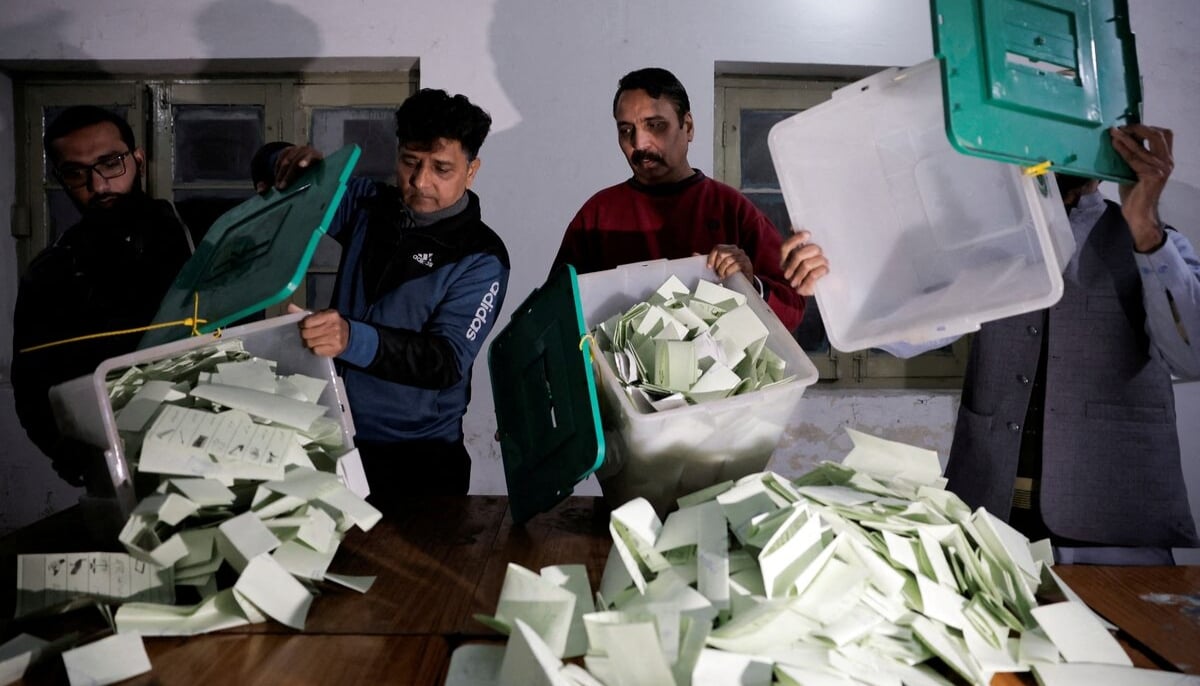
As per Election Act, 2017 Section 90(12), the Presiding Officer, after preparation of the Result of the Count and the Ballot Paper Account, shall sign them and obtain thereon the signatures of the senior-most Assistant Presiding Officer and an accredited observer, a candidate or his election agent or polling agents as may be present in token of the said documents having been prepared in their presence and if any such person refuses to sign it, the Presiding Officer shall record a note on the result of the count and the ballot paper account to that effect.
Despite this, we identified numerous forms where polling agents' signatures were absent, raising serious concerns about whether the results were finalised in their presence. For example, in NA-47, 57 polling stations lacked polling agents' signatures; NA-128 had 99 such polling stations; NA-48 had 49; NA-71 had 169; and NA-130 had 62 forms without signatures.
ECP's accountability and ongoing election petition delays
We understand that the authenticity of the forms uploaded by PTI needs to be checked and there could be a perfect explanation for the discrepancies we have detected. However, it is pertinent to note that out of the few forms Geo News was able to collect for NA-130 on election night before the results stopped coming in, at least two showed discrepancies in Nawaz’s vote count compared to the forms uploaded by the ECP. Only a forensic audit of the forms can reveal the truth but no one seems interested in it and the ECP chooses to remain silent on the issue, raising more questions.
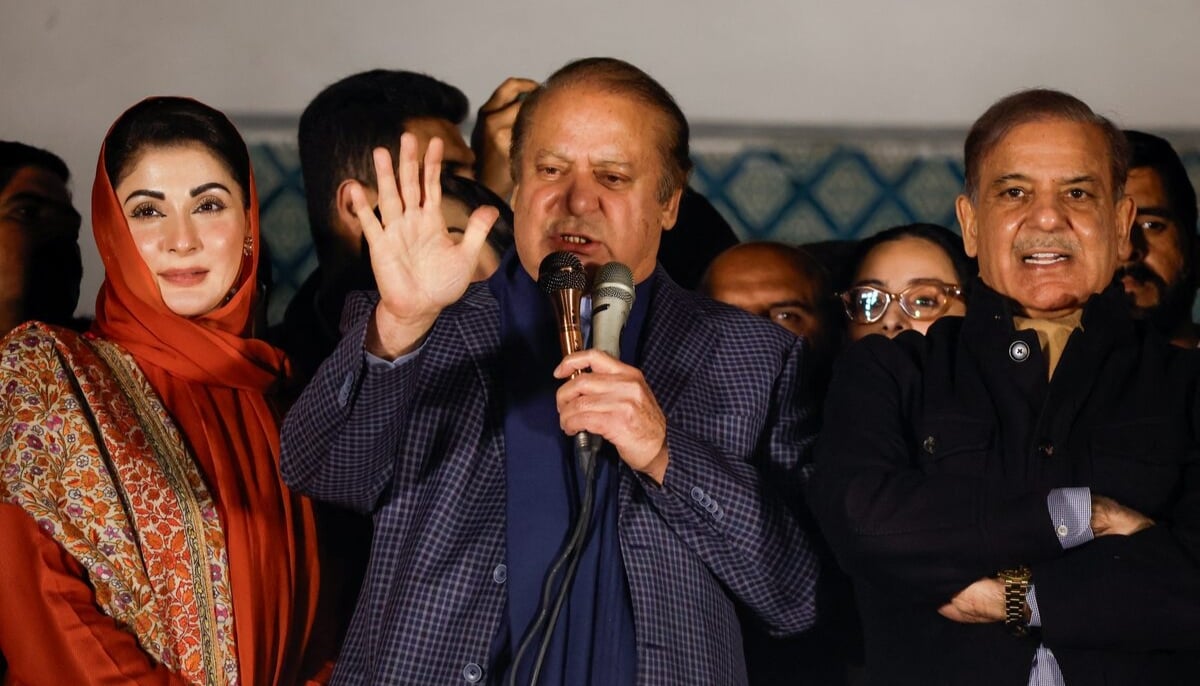
We sent letters to the chief election commissioner and secretary ECP to enquire about these alleged irregularities and mismanagement but the ECP in its response refused to comment on any issue, citing the petition of the aggrieved party regarding NA-130. They wrote: "As the election tribunal is seized of the same issue, therefore, the ECP is unable to answer the queries lest it may prejudice the case of either of the parties."
As per the FAFEN’s latest update on such petitions, election tribunals have disposed of 101, or 27% of the total petitions filed. The FAFEN has tracked 370 out of 377 petitions across 23 tribunals, even though the 180-day legal deadline for resolving these cases has passed. While tribunals in Balochistan have made significant progress, resolving 80% of the disputes (41 out of 51 cases), those in Punjab, Sindh, and Khyber Pakhtunkhwa (KP) have lagged. KP and Sindh tribunals have resolved only about one-fifth of their cases, with 9 out of 42 and 16 out of 83 cases decided, respectively. Punjab tribunals have resolved 35 out of 191 petitions, or 18%.
Irregularities highlighted by the FAFEN, the PTO, the Commonwealth, and the Human Rights Commission of Pakistan (HRCP) not only cast doubt on the results but also question the ECP’s ability to ensure free and fair elections. The delay in finalising results and uploading Form 45, denial of access to RO offices during result compilation, missing polling agent signatures, discrepancies in total votes between Forms 45 and 47 in some constituencies, and failure to resolve election petitions promptly all raise concerns about the efficiency and transparency of the ECP.
Nadia Malilk, Momna Tahir and Masab Pervaiz of Geo Election Cell are staffers at Geo News.
Header and thumbnail image by Geo.tv



